explore
Food Web
What role does your pollinator play in its food web?
All organisms (living things) need energy to grow and survive. But where does that energy come from? Most of us get our energy by eating food we buy at a store or grow in our gardens. In a natural ecosystem, the plants get their energy from the sun, and animals get theirs from eating plants or other animals. These who-eats-who relationships among plants, animals, and other organisms can be shown in a diagram called a food web. This spiderweb-like model helps us understand how energy flows though a group of organisms in the ecosystem.
The energy for all animals can be traced back to plants, or producers. Plants produce their own food through photosynthesis, a chemical process that changes the sun's energy into a form that can be stored in plants and eaten by other organisms. Consumers are organisms that get their energy by eating, or consuming, other organisms. Some consumers eat plants, and some eat other animals. Herbivores eat plants for energy, carnivores eat other animals for their energy, and omnivores eat both plants and animals. Finally, decomposers are organisms that eat any dead plant or animal. Yum! Their job of breaking down the dead bodies of these producers and consumers is an essential part of the cycle of energy in food webs. Without decomposers, dead plants and animals would never "disappear" back into the soil and decomposer bodies.
On this page we'll EXPLORE the food webs of each pollinator group. Understanding how your pollinator gets food energy and what other animals eat your pollinator for food energy can help you help your pollinator. Find your species' pollinator group, read about its unique food web, and respond to the Questions to Consider.
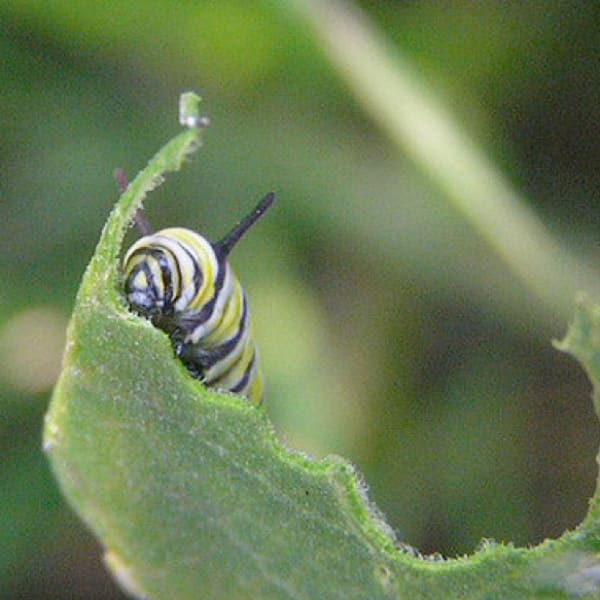
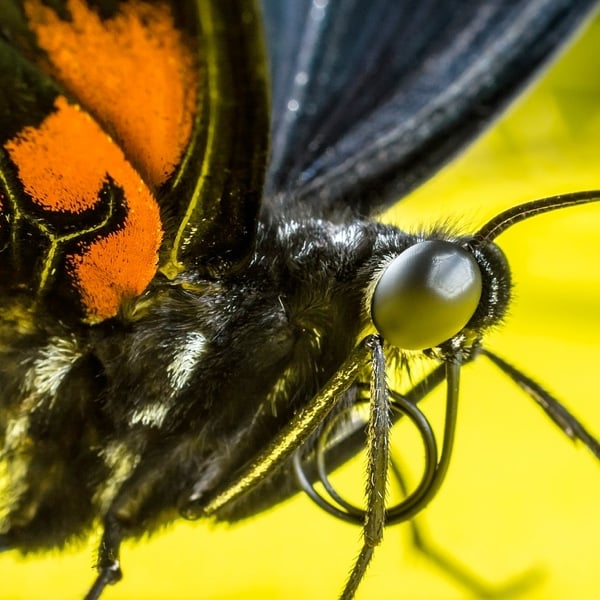
Butterflies & Skippers & Moths
Butterflies, skippers, and moths are herbivores that prefer different parts of plants during the caterpillar (larvae) and adult stage of their life cycle. When they first hatch as a caterpillar, their first meal is their own egg! Then they eat the leaves of the plant their egg was laid on. Many species of butterflies, skippers, and moths are very picky about the type of plant they will eat as a caterpillar, so the flying adult is careful to lay eggs on or near these plants, called host plants, because they host the caterpillar for its meals. Some moth caterpillars also eat fiber, wood, and other materials. They are known to lay eggs on wool clothes, or in grains and flour. You will discover them when the caterpillars hatch and chew holes in some of your clothes or blankets, or you might find them in some food containers. They are known to chew holes in sweaters and other clothes.
Eating adaptations: Caterpillars have strong chomping mouth parts (mandibles) so they can eat and eat and eat during this life stage. As adults, the mouths of butterflies, skippers, and moths change into a long, straw-like tube called a proboscis, which they use to sip nectar from flowers, juice from rotting fruit, and water from puddles. When this proboscis is not being used, it is curled-up like a garden hose.
Who eats butterflies, skippers, and moths? Both the larva caterpillars and flying adults become meals for a variety of carnivores and omnivores including wasps, birds, snakes, frogs and toads, lizards, dragonflies, and even rats.
Questions to Consider
- What do butterflies, skippers, or moths eat to get energy? How do they get their food?
- What other animals eat butterflies, skippers, and moths for energy?
- Draw a food chain, or more complex food web, that includes your pollinator, flowering plants, and other animals.
- How will understanding your pollinator's food web help you help your species?
Hummingbirds
Hummingbirds get almost all of their energy from eating (drinking) flower nectar and tree sap. Most people think they are herbivores (plant-eaters), but these tiny birds also eat some small insects. That makes them omnivores! It’s estimated that a hummingbird will drink flower nectar at least seven times per hour, sometimes visiting as many as 1,000 flowers in a day!
Eating adaptations: When a hummingbird visits a flower that has nectar, it will use its powerful wings to hover in front of the flower for several seconds while it sticks its long tongue into the flower to lick up the nectar. Its unique "W" tipped tongue can lick the nectar as many as 13 times per second! While it is drinking the nectar, the pollinator hummingbird is getting pollen all over its head, neck, and chest, which it takes to the next flower to pollinate.
Fun fact: Hummingbirds have relatively big brains for their size and some scientists think they can actually remember when they visited a flower and how long it takes to refill with nectar.
Who eats hummingbirds? While hummingbirds are quick and aggressive, they are hunted by other birds like hawks, owls, crows, roadrunners, orioles, grackles, gulls, and herons. Frogs, fish, and even the praying mantis will catch and eat hummingbirds.
Questions to Consider
- What do hummingbirds eat to get energy? How do they get their food?
- What other animals eat hummingbirds for energy?
- Draw a food chain, or more complex food web, that includes your pollinator, flowering plants, and other animals.
- How will understanding your pollinator's food web help you help your species?


Bats
Nectar-feeding bats eat flowering and fruiting plants such as agave and saguaro cactus.
Eating adaptations: These flying mammals feed at night, and have unique adaptations to help them find their favorite night-blooming flowers. The lighter colors and strong smells of these flowers trumpet their location to the bats. A bat's large eyes give it excellent vision to find the flowers, and its keen wrinkled nose follows the flowers strong scent. Once it has found a nectar-filled flower, the bat uses its long tongue - almost a third of its body length - to lap up the sweet juice. Unlike hummingbirds, bats’ wings aren’t built to let them hover, so they can only eat from a flower for a few seconds before they have to fly away - this means they have to eat fast!
Who eats bats? Bats are hunted and eaten by owls, hawks, snakes, raccoon, opossums, weasels, and minks. It is likely that one or more of these predators shares the ecosystem with these bats.
Questions to Consider
- What do bats eat to get energy? How do they get their food?
- What other animals eat bats for energy?
- Draw a food chain, or more complex food web, that includes your pollinator, flowering plants, and other animals.
- How will understanding your pollinator's food web help you help your species?
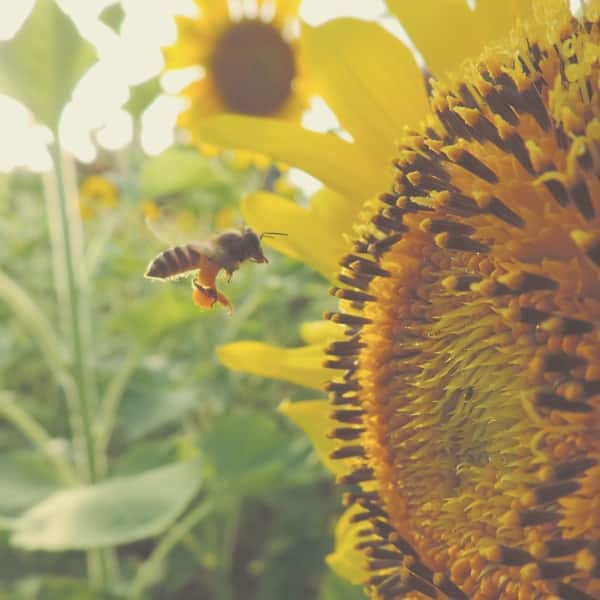
Solitary Bees
Unlike social bees who work tirelessly to feed their colony, solitary bees live alone while nesting near others of their species. These herbivores collect nectar and pollen for themselves, and do not make honey or combs. The females also create pollen-balls for their young larva to eat after hatching out of their eggs. Many solitary bee species are picky eaters and will only collect pollen and nectar from particular plant species, which means they are limited to living in habitats that have these plants.
Eating adaptations: Solitary bees carry the nectar back to their nests in a special compartment in their stomachs, and the pollen gets carried by sticking to stiff hairs on their legs and body. These herbivores are very effective pollinators because they visit many flowers to collect enough nectar and pollen to survive and thrive.
Who eats solitary bees? Some animals that eat solitary bees include birds and spiders, badgers, bears, skunks, foxes, minks, weasels, field mice, and shrews. The same predators hunt and eat social bees.
Questions to Consider
- What do solitary bees eat to get energy? How do they get their food?
- What other animals eat solitary bees for energy?
- Draw a food chain, or more complex food web, that includes your pollinator, flowering plants, and other animals.
- How will understanding your pollinator's food web help you help your species?
Curious to know more about the pollinator you want to help?
Go beyond this Quest page to explore more about the pollinator species you have chosen to help.
- How do flowering plants support your pollinator and other animals in your community?
- How does your pollinator support the plants and other animals in your community?
- How will understanding where your pollinator fits into its food web affect how you help them?
What role does your pollinator play in its ecosystem?

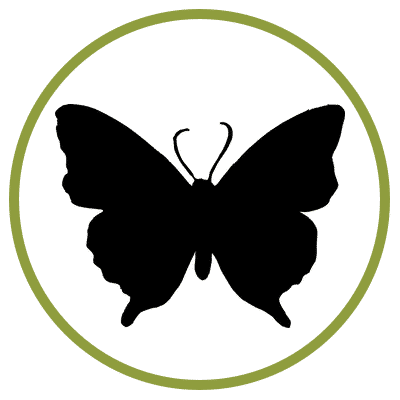
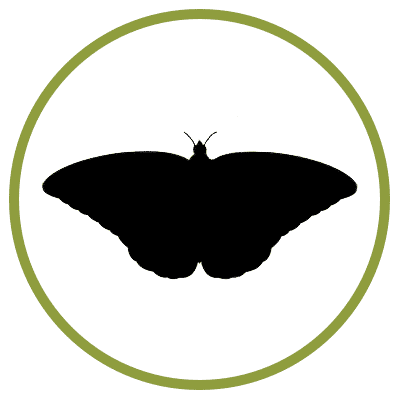
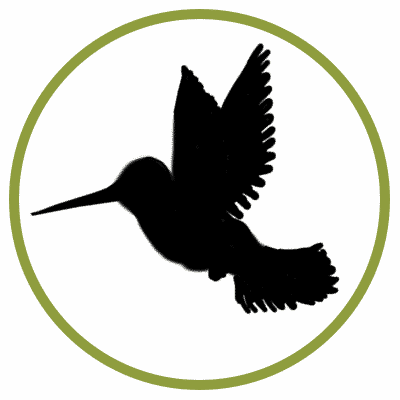

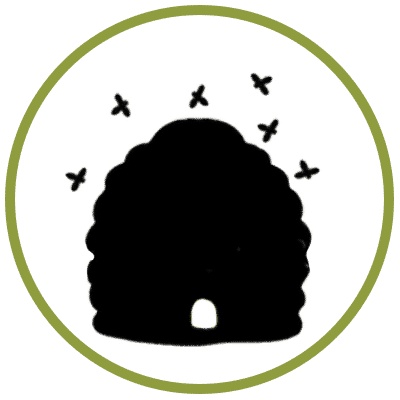



Social Bees
Social bees live in groups called colonies. Some worker bees must find food to feed the colony, while the rest of the workers take care of the queen bee and the young larva living in the nest. Now you know the meaning of the saying "Busy as a bee!" These bees fly far and wide in search of both flower nectar and pollen to eat, which they collect and store for food energy. Most social bees aren't very picky about the types of flowers they eat from as long as there are a bunch. Social bees are beloved pollinator friends to farmers who may have fields of flowering crops that need pollinating!
Eating adaptations: Social bees collect and store the flower nectar in the waxy comb-shaped chambers they create. When a bee carries the nectar back to the nest's honeycombs, the liquid mixes with enzymes in its mouth. This mixture causes a reaction that turns the nectar into the honey that the larva and queen bees (and other animals) love to eat. Bees also collect pollen on their legs in pollen sacs. This pollen powder, also stored in the combs, is mixed with bee saliva to make protein-rich bee bread for the hive.
Who eats social bees? Many carnivores and omnivores break into bee nests and feast on the buffet meal of insects, their honey, bee bread and combs. Some animals with bee-appetites include birds and spiders, badgers, bears, skunks, foxes, minks, weasels, field mice, and shrews. The same predators eat solitary bees.
Questions to Consider